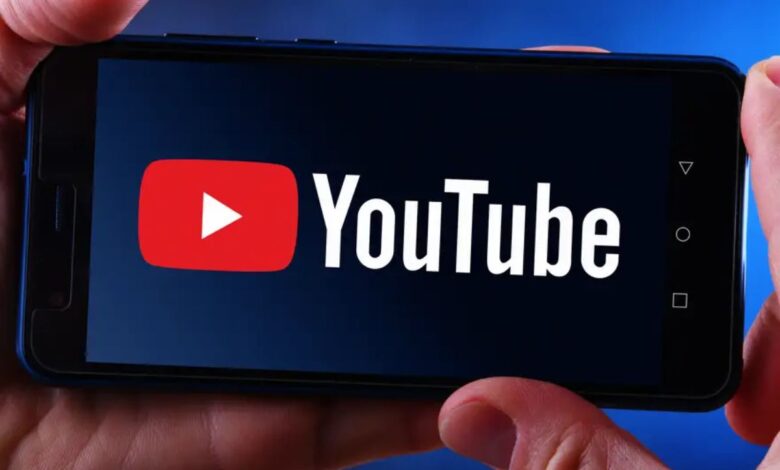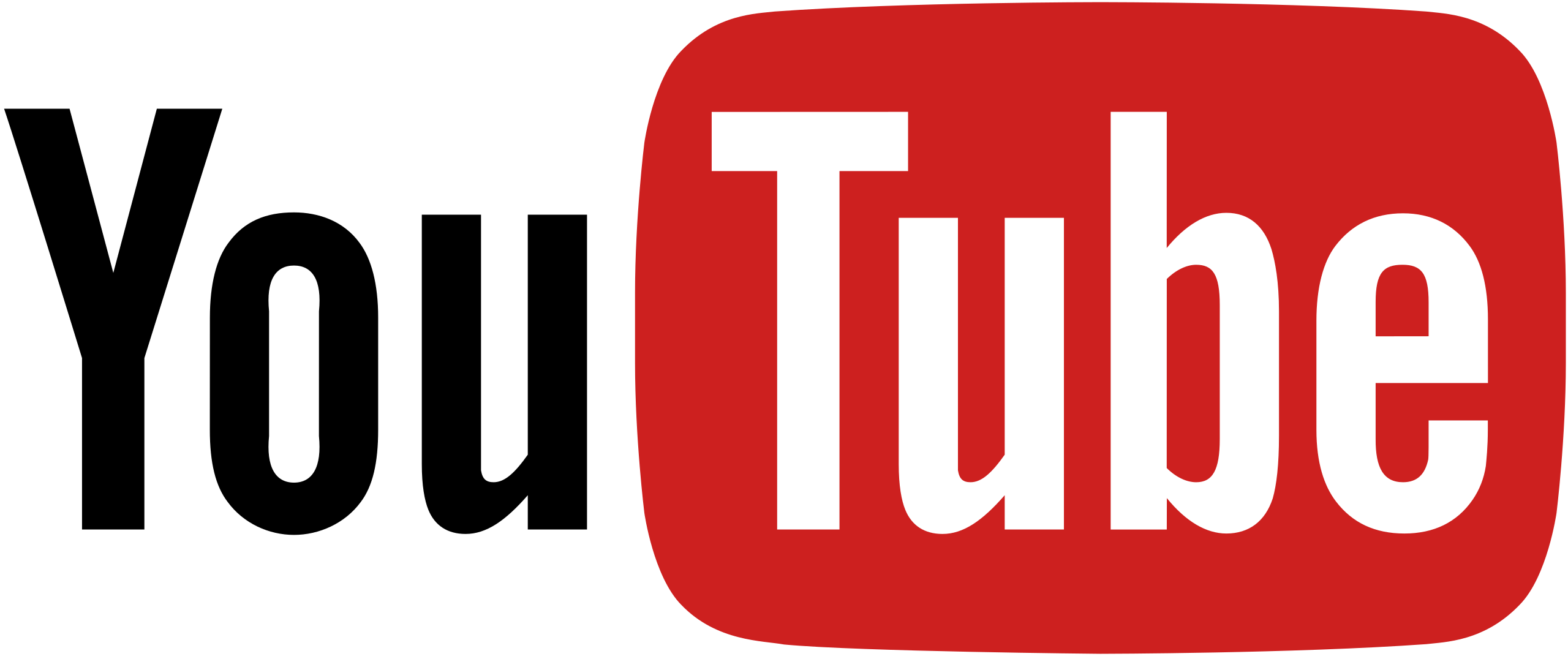New YouTube CEO Neal Mohan, YouTube Will Include AI-Powered Tools For Video Creators.
Susan Wojcicki, who resigned after nine years as CEO of YouTube. She joined the parent firm Alphabet about 25 years ago and was one of Google's first workers.

Neal Mohan, the new CEO of YouTube, which Google owns, revealed the company’s plans to introduce generative AI tools for artists on its platform in the upcoming months in a message to the YouTube community.
As a result, YouTube will be the most recent service to gain from the new AI tsunami that has seized IT giants and startups worldwide. The promise of AI, in Mohan’s opinion, is only now beginning to show itself in ways that will transform film and make the seemingly impossibly feasible achievable.
By using these generative AI skills, he said, producers will be able to digitally change their attire or produce a “great cinematic environment,” improving their story lines and elevating the production value of their work. But he withheld any precise information on the tools they will provide to developers.
Furthermore, according to Mohan, the development of these capabilities would take some time since they need to include “thoughtful guardrails” and “protections to adopt this technology properly.”
A sort of technology known as “generative AI” creates text, images, sounds, and other types of media in response to brief instructions or cues from humans. OpenAI’s ChatGPT and Dall-E are two recent instances of generative AI technologies that have gained popularity.
Although Google has been a leader in developing AI technologies for many years, it is under pressure to quickly productive and integrate them into its current products due to increased competition from Microsoft, a rival in the big tech space, and AI upstart OpenAI, whose offerings are seeing growing consumer interest recently. Microsoft has added artificial intelligence capabilities to its Bing search engine and aims to do the same in the future for all of its software products.
To integrate the technology into all of its platforms, including Facebook, Instagram, and WhatsApp, the social media giant is combining its generative AI efforts throughout the business into a new product department, according to Mark Zuckerberg, CEO of Meta.
Google introduced Bard, a rival to ChatGPT that is anticipated to go public in the upcoming weeks, last month. Also, the company showed off generative AI capabilities in its search engine that can summarize data from the web.
Changing the Guard
Mohan’s comments came about a week after he took over running the Google-owned video-sharing website from Susan Wojcicki, who resigned after nine years as CEO of YouTube. She joined the parent firm Alphabet about 25 years ago and was one of Google’s first workers.
Features for podcasting and new shorts
Later this year, YouTube will launch a new creation tool that will allow artists to add a brief video to an existing long-form or short-form YouTube video in a side-by-side format. This will allow producers to share their opinions or responses to a trend. This seems comparable to Instagram’s Reels Remix function or the duet option on TikTok. “About 50 billion views per day are currently being averaged by Shorts. Also, over 80% more channels were uploading to Shorts every day last year,” “added he.
Mohan stated that “this is a crucial time in the development of digital video, and we’re thinking about what the future of that development will look like. To assist artists to diversify their revenue streams beyond advertising, he added, YouTube is also growing its subscription business, investing in shopping, and strengthening its premium digital goods services like Super Chat, Super Stickers, and channel memberships. According to Mohan, over six million YouTube users paid for channel memberships in December 2022, an increase of over 20% from the previous year.
The option for producers to add language tracks to their videos and support for automated subtitles in other languages are two further recent additions to YouTube’s platform. According to Mohan, many more producers will now be able to add language tracks, which were previously only available to a small number of creators. Moreover, live streams and shorts are being used to test the functionality.
“This is a critical time for our business. We are dealing with difficult economic headwinds and ambiguous geopolitical circumstances. Platforms like YouTube need to provide across a variety of formats while investing in the regulations that safeguard platforms from harm in the real world since creators, viewers, and advertisers have more options than ever before for where to spend their time,” “added Mohan.
Five instances of generative AI in business
A large range of alternative designs may be looked at by generative AI in order to choose the best or most appropriate design for an object. In a number of industries, it not only expedites and enhances design but also has the ability to “invent” brand-new concepts or products that people may have otherwise ignored. By 2025, large companies will utilize artificially created content in 30% of their outbound marketing communications, up from less than 2% in 2022. In 2030, a big blockbuster film will be released, and 90% of the film—from text to video—will have been created by artificial intelligence, up from 0% in 2022.
AI generation for medication development
Drug discovery expenses accounted for roughly a third of the $1.8 billion average cost of bringing a treatment to market in 2010, according to studies from that year. Also, the discovery procedure took three to six years. Pharma has already used generative AI to generate drugs in a matter of months for a range of uses, opening up significant opportunities to save costs and timeframes connected with drug research.

AI creation in chip design
In order to maximize component layout in semiconductor chip design (floor planning), generative AI may apply reinforcement learning, a machine learning method, which might reduce the time needed for product development from weeks with human specialists to hours.
Synthetic data and generative AI
Generative AI is one way to create synthetic data, a type of data that is created rather than directly seen in the actual world. This ensures the privacy of the original data sources that were used to train the model. Healthcare data, for example, can be intentionally manufactured and used for research and analysis without revealing the identities of the patients whose medical records were used, to protect patient privacy.
Generic component design
With the use of generative AI, several sectors, such as manufacturing, automotive, aerospace, and military, are now able to create components that are optimized for a variety of requirements, including performance, materials, and production processes. For instance, automakers may employ generative design to develop designs, furthering their efforts to improve the fuel efficiency of their vehicles.
Integrating the appropriate technology to enable generative AI
The vast majority of AI systems now in use are classifiers, which enables their training to distinguish between images of cats and dogs. Generative AI systems can produce a dog or a cat that doesn’t exist in the real world. The ability of technology to be creative is a game-changer. Because to generative AI, systems may create high-value artifacts like video, narrative, training data, and even blueprints and schematics.
For instance, deep learning is used to produce writing that is human-like by the large-scale natural language technology known as Generative Pre-trained Transformer (GPT). The third generation (GPT-3) is capable of writing computer code, songs, poetry, and even novels. Since ChatGPT predicts the most likely word in a sentence based on its accumulated cumulative training, it can also do your child’s schoolwork in a couple of seconds. Text may also be used as an input for digital picture generators like DALLE 2, Stable Diffusion, and Midjourney to create graphics.
Although there are several AI techniques used for generative AI, foundation models have recently become more well-liked. Foundation models are pre-trained on common data sources in a self-supervised way, and they may later be adjusted to solve new problems. The foundation of foundation models is a class of deep neural network architecture called transformer architecture, which computes a numerical representation of training data.
Transformer designs learn context and meaning by following relationships in sequential data. Transformer models detect minute links between even remote pieces of data in a series using an increasing set of mathematical techniques known as attention or self-attention.
Don’t overlook the dangers of generative AI.
Before making a full-speed move, bear in mind that generative AI raises severe risks, including the potential for deep fakes, copyright issues, and other criminal uses of the technology to hurt your business. Work together with experts in security and risk management to proactively lessen the threats that malicious applications of generative AI represent to individuals, organizations, and governments in terms of politics, the economy, and reputation.

Applying suggestions on the responsible use of generative AI may also involve using a curated list of approved vendors and services, giving precedence to those that strive to give transparency on training datasets and correct model usage and/or share their models in open source.
edited and proofread by nikita sharma




